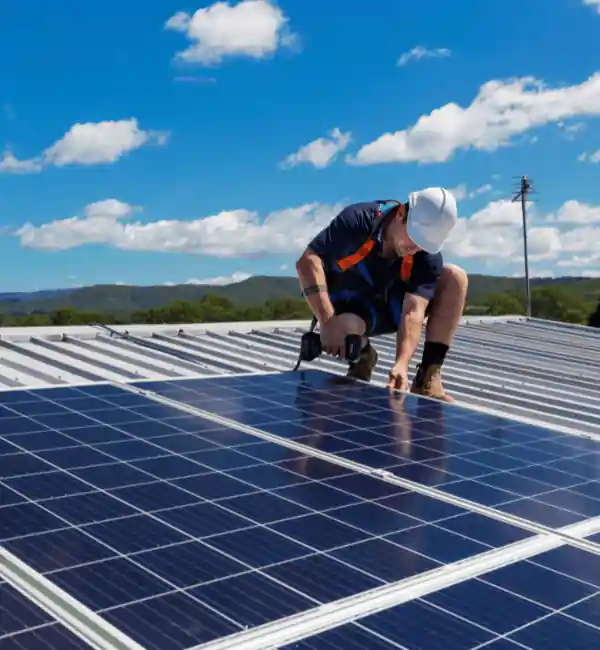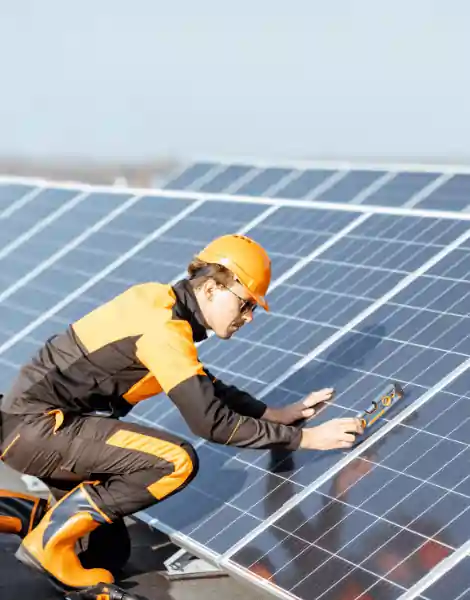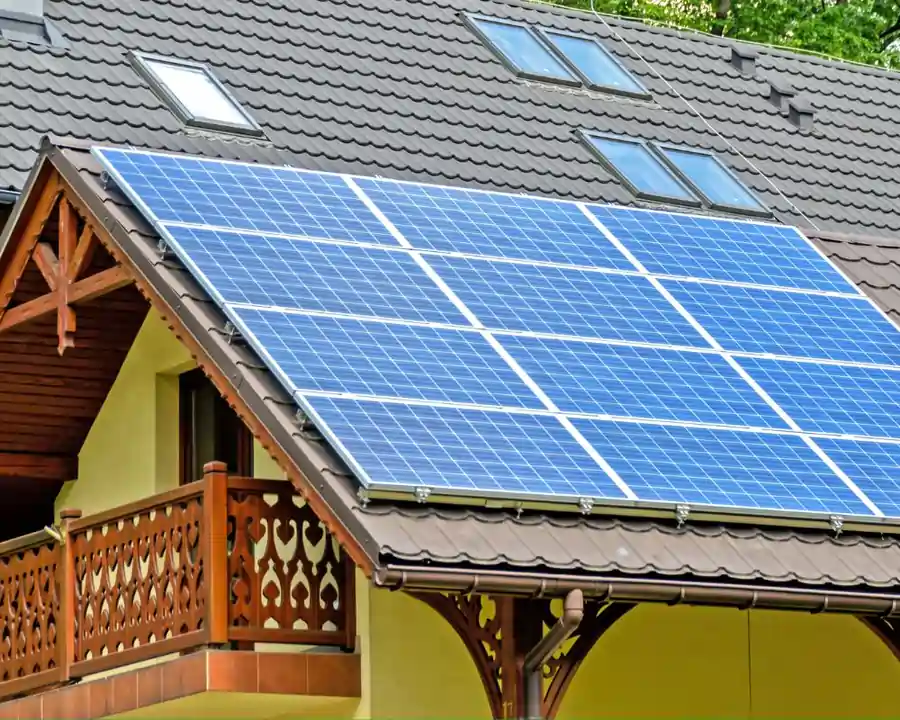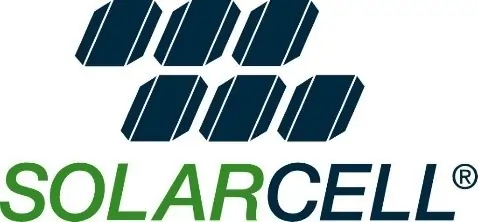Solar Inverter Problems: Common issues and How to Fix Them
Your solar inverter converts solar energy into electricity for your home, but it can sometimes encounter problems. By addressing these issues early, you can save on repairs and keep your system running efficiently. Let’s explore common solar inverter problems and how to fix them.
1. Inverter Won’t Turn On
When your inverter refuses to power up, it could be due to a tripped circuit breaker, loose wiring, or a lack of power from the solar panels.
How to Fix It:
- Reset the circuit breaker if it has tripped.
- Check all wiring connections to ensure they are secure.
- Test the solar panels to ensure they’re generating power. If not, the issue might be with the panels, not the inverter.

2. Low Power Output
If your inverter produces less power than expected, panel shading, decreased panel efficiency, or incorrect inverter settings may be the cause.
How to Fix It:
- Remove any shading by clearing debris or dirt from the panels.
- Monitor panel efficiency since solar panels can lose power over time.
- Check your inverter settings to ensure they are correct.
For ongoing power issues, explore our solar inverter repair services and get your system back to full efficiency.

3. Overheating
Inverters can overheat, especially in high-temperature environments, causing the system to shut down and reduce power output.
How to Fix It:
- Improve ventilation by installing your inverter in a shaded, well-ventilated area.
- Add cooling features, such as a fan or heat sink, to manage high temperatures.
4. Error Codes or Fault Messages
Solar inverters display error codes to indicate problems like grid faults, isolation faults, or earth faults.
How to Fix It:
- Refer to your inverter’s manual for error code explanations.
- Contact a technician if the problem persists.
5. Inverter Not Connecting to Monitoring System
If your inverter fails to connect to its monitoring system, it could be outdated software, or incorrect settings.
How to Fix It:
- Update the firmware to resolve any communication issues.
- Double-check your settings to confirm the system setup is correct.
6. Ground Faults
A ground fault occurs when electricity leaks into the ground, usually from damaged wiring. This often forces the inverter to shut down as a safety measure.
How to Fix It:
- Inspect your wiring for signs of damage.
- Contact a licensed electrician if you need help fixing the issue safely.
Discover our complete range of solar services here and let us help you keep your system in peak condition.
GET A QUOTE

Recent Blogs
Expert Solar Electrician Solutionson on The Gold Coast For over 35 years, Solarcell has been the trusted name in solar […]
Expert insights from Mark Thompson and the Solarcell team – Gold Coast’s most trusted solar inverter repair specialists with over […]
Is your solar system underperforming or completely stopped working? Don’t let a faulty solar installation cost you thousands in lost […]
When it comes to solar panel installations, repairs, and maintenance on the Gold Coast, selecting the right electrician isn’t just […]
